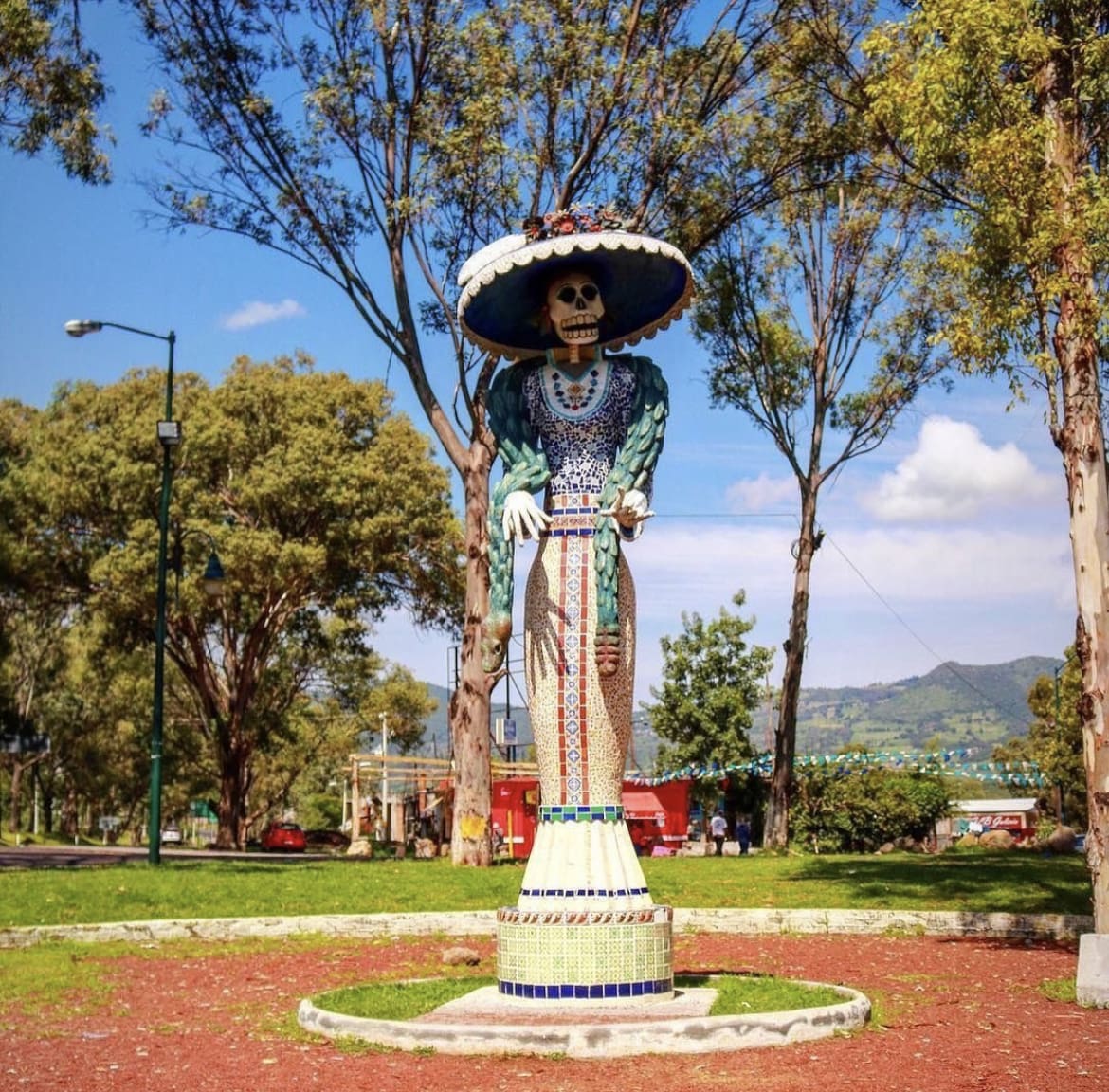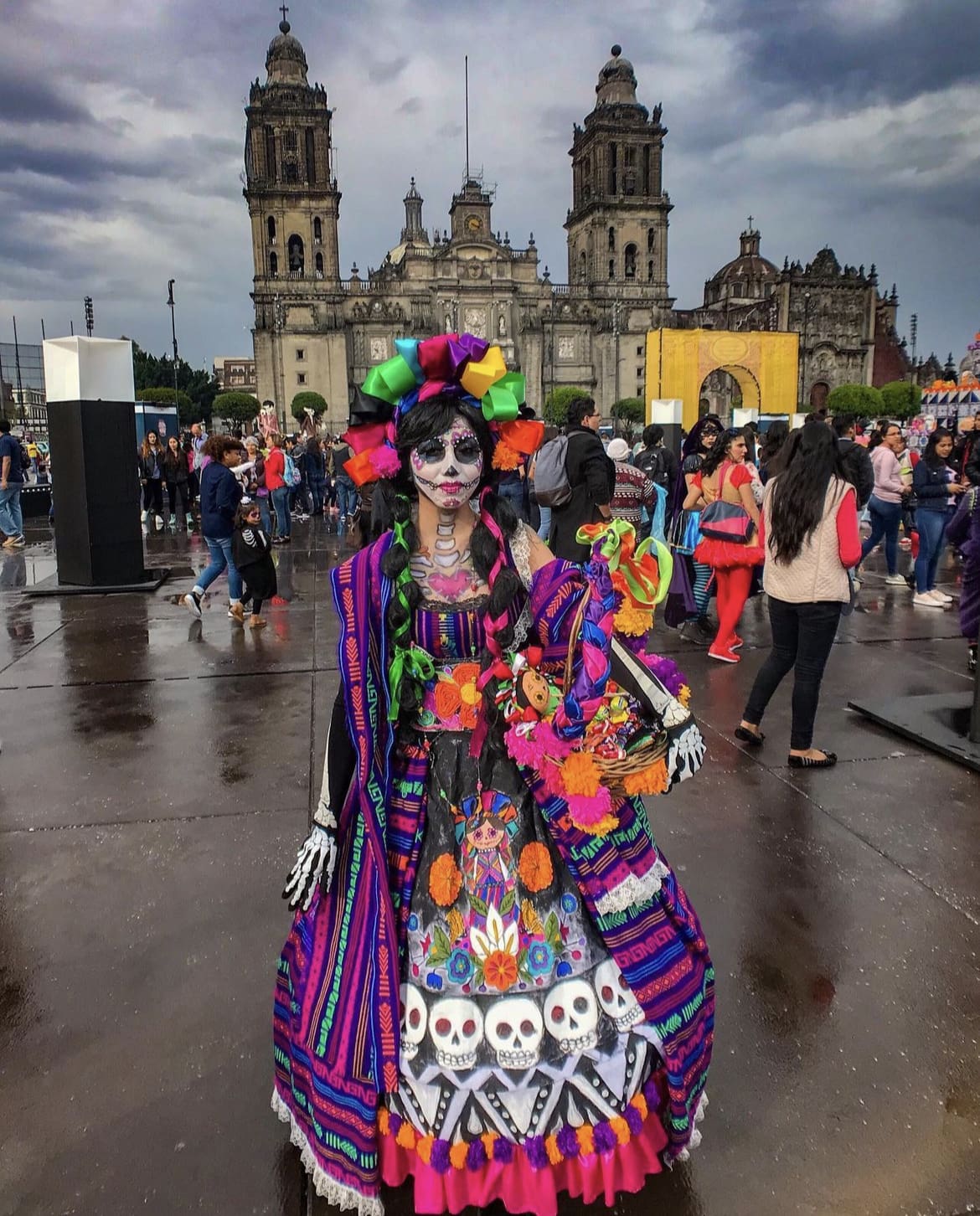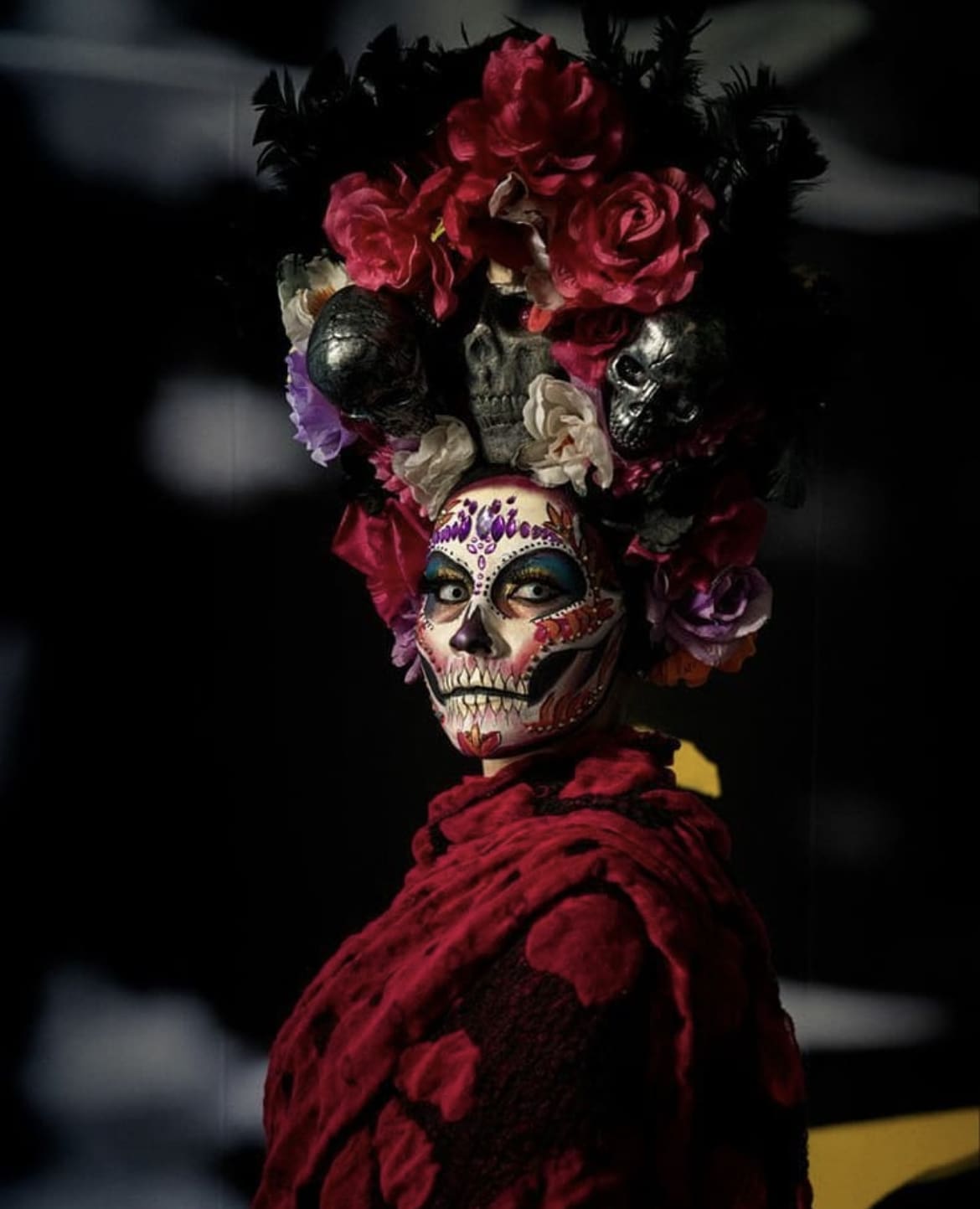Welcome to the enchanting world of Mexico’s Day of the Dead! This captivating cultural celebration invites you to embrace the spirit of life and death, as you immerse yourself in the vibrant festivities that honor and remember departed loved ones.
In this comprehensive guide, we will equip you with all the knowledge and know-how you need to make the most of your visit to Mexico during this extraordinary event. From understanding the deep-rooted significance to exploring the intricate customs, from joining joyful parades to savoring traditional delicacies, get ready for an unforgettable experience that will touch your heart and leave you with cherished memories.
When is Day of the Dead?
Day of the Dead, also known as Día de los Muertos, is an ancient Mexican holiday that pays homage to deceased ancestors and loved ones. Rooted in indigenous Mesoamerican beliefs and combined with Catholicism brought by Spanish colonizers, this unique celebration takes place annually on November 1st and 2nd.
While it might seem like a somber event, Day of the Dead is, in fact, a joyous and colorful commemoration of life and death, showcasing the rich cultural heritage of Mexico.

Understanding the Significance
The philosophy behind Day of the Dead is a belief that during these two days, the spirits of the departed are permitted to return to the world of the living. Families eagerly anticipate this reunion, preparing to welcome their deceased loved ones back with open arms.
The occasion offers an opportunity for the living to express love and respect for the deceased, and for the spirits to provide guidance, protection, and blessings in return.
Preparations and Decorations
The preparations for Day of the Dead begin weeks in advance, as families meticulously decorate their homes and create elaborate altars, known as “ofrendas.” These altars serve as focal points of the celebration and are dedicated to specific deceased family members or friends.
They are adorned with a profusion of symbolic items, such as marigold flowers (cempasúchil), which are believed to attract and guide the spirits, as well as candles, incense, and photos of the departed.
To nourish the visiting souls, the ofrendas are laden with their favorite foods, drinks, and even personal belongings.

Visiting Cemeteries
A poignant and central aspect of Day of the Dead is the custom of visiting cemeteries, where families come together to honor their deceased relatives.
Cemeteries are transformed into vibrant, bustling spaces adorned with flowers, candles, and offerings. In some regions, families spend the night at the gravesites, creating an intimate bond with the spirits of their loved ones.
Mariachi bands may be present, playing favorite songs of the departed, and heartfelt stories and memories are shared, keeping the spirits’ legacy alive.
Events and Festivities
Day of the Dead is celebrated throughout Mexico, and various cities and towns host public events and festivals that can last for several days. Oaxaca, with its colorful parades and traditional rituals, is one of the most popular destinations.
In Mexico City, grand art exhibitions and concerts attract both locals and tourists alike. The traditional “La Callejoneada” is a vibrant parade where participants don costumes and masks, dancing joyfully through the streets, adding to the festive atmosphere.

Face Painting and Costumes
A striking sight during the Day of the Dead celebrations is the intricate face painting, especially the iconic “calaveras” or “sugar skulls.”
People of all ages have their faces painted to resemble joyful and colorful skulls, representing the harmonious coexistence of life and death.
Many also dress up as “Catrinas” and “Catrines,” elegant skeletons adorned in traditional attire, further embracing the festive spirit.
Culinary Delights
Food plays a central role in Day of the Dead celebrations, as families prepare traditional dishes to honor their ancestors’ memories.
The “pan de muerto” (bread of the dead) is a sweet and flavorful bread shaped into a round loaf with bone-like decorations on top. “Calabaza en tacha” is another favorite, featuring candied pumpkin, and the aroma of its preparation fills the air.
Families share meals together, either at home or at the cemeteries, fostering a sense of unity and continuation of family traditions.
Etiquette and Respect
As a tourist experiencing Day of the Dead, it is crucial to approach the celebration with utmost respect and cultural sensitivity. This is not a spectacle for entertainment; it is a profound and intimate family affair. Be mindful of the families’ space and emotions during cemetery visits and avoid taking intrusive photographs. If you’re invited to participate, do so with genuine interest and appreciation for the cultural significance.
Plan Ahead
Due to the popularity of Day of the Dead, especially in well-known locations like Oaxaca and Mexico City, it’s essential to plan your trip well in advance. Accommodations, transportation, and tours can fill up quickly, so booking early ensures a smooth and enjoyable experience.
Learn Some Spanish Phrases
While many popular tourist areas may have English-speaking locals, learning some basic Spanish phrases will enhance your interactions with the community. Locals will appreciate your effort to communicate in their language and it will help you better immerse yourself in the local culture.

Capture Memories Mindfully
Photography can be an essential way to remember your experience, but always approach it with mindfulness and respect. Seek permission before taking photos of individuals, especially during intimate moments. Remember, the focus should be on engaging with the celebration and creating meaningful memories, not just capturing the perfect shot for social media.
Participating in Day of the Dead in Mexico is a profound and enriching experience that allows visitors to witness the country’s strong cultural bonds and spiritual connections with their ancestors. By understanding the significance and embracing the customs with reverence, you can fully immerse yourself in this captivating and life-affirming celebration of life and death.
How to Visit Mexico For Day of the Dead:
1. Plan in Advance:
Research and decide on the specific location in Mexico where you want to experience Day of the Dead celebrations. Popular destinations include Oaxaca, Mexico City, and Patzcuaro. Make travel arrangements well in advance, including flights, accommodations, and any necessary transportation within Mexico.
2. Learn About the Customs
Familiarize yourself with the significance and customs of Day of the Dead to appreciate the cultural richness of the celebration. Understand that this is a deeply spiritual and personal event for Mexicans, and respect their traditions while participating.
3. Book Accommodation Early
Given the popularity of Day of the Dead festivities, accommodations in popular areas can fill up quickly. Secure your lodging well ahead of time to avoid any last-minute disappointments.
4. Participate Respectfully
If you choose to visit cemeteries during the celebration, be respectful of the families mourning their loved ones. Avoid intruding on intimate moments and always ask for permission before taking photos.
5. Experience the Ofrendas
Explore the elaborate altars and ofrendas set up in homes, public spaces, and cemeteries. Observe the heartfelt offerings and decorations, and if invited, you can participate by leaving your own tribute for the departed.

6.Try Traditional Foods
Embrace the culinary delights of Day of the Dead by tasting traditional dishes such as “pan de muerto” and “calabaza en tacha.” Share meals with locals or try food from street vendors to immerse yourself in the festive atmosphere.
7. Join Public Events
Check local event calendars for parades, concerts, and other public celebrations. Participate in the festivities alongside the locals to experience the full vibrancy of Day of the Dead.
8. Learn Basic Spanish
While many tourist areas may have English-speaking locals, knowing some basic Spanish phrases will enhance your experience and help you connect more with the community and their customs.
9. Pack Appropriately
Mexico’s weather can vary depending on the region and time of year, so pack accordingly. Consider bringing comfortable clothing for daytime activities and warmer layers for cooler evenings.
10. Capture Memories Mindfully
Take photos to remember your experience, but always do so with respect and mindfulness. Seek permission before photographing individuals, especially during intimate moments, and focus on being present in the celebration rather than solely on capturing the perfect shot.
Visiting Mexico for Day of the Dead is a captivating and culturally enriching experience. By planning ahead, embracing local customs with respect, and immersing yourself in the vibrant festivities, you can create lasting memories and gain a deeper understanding of Mexico’s profound connection to life and death.
